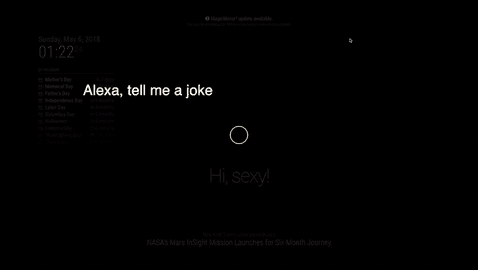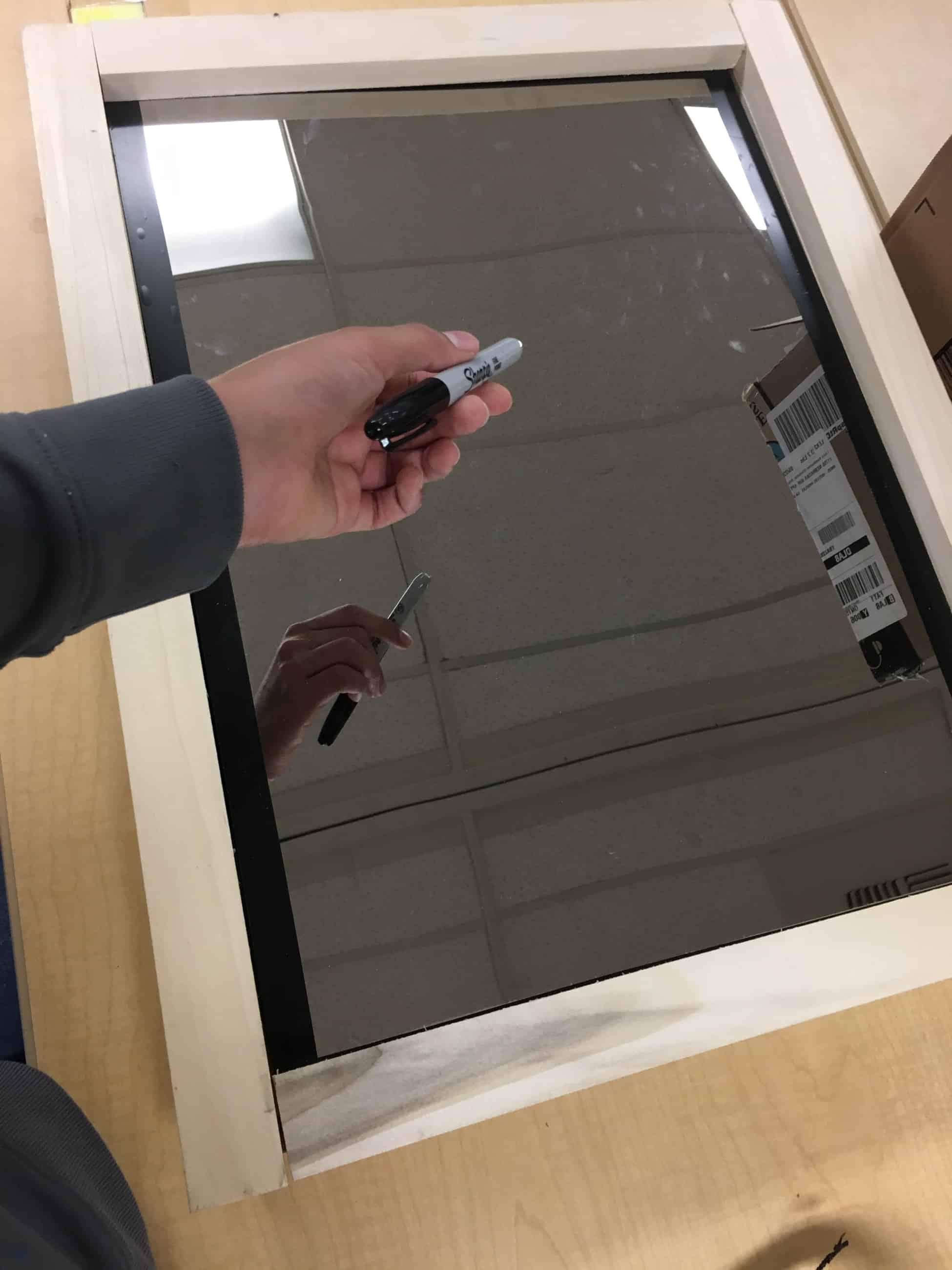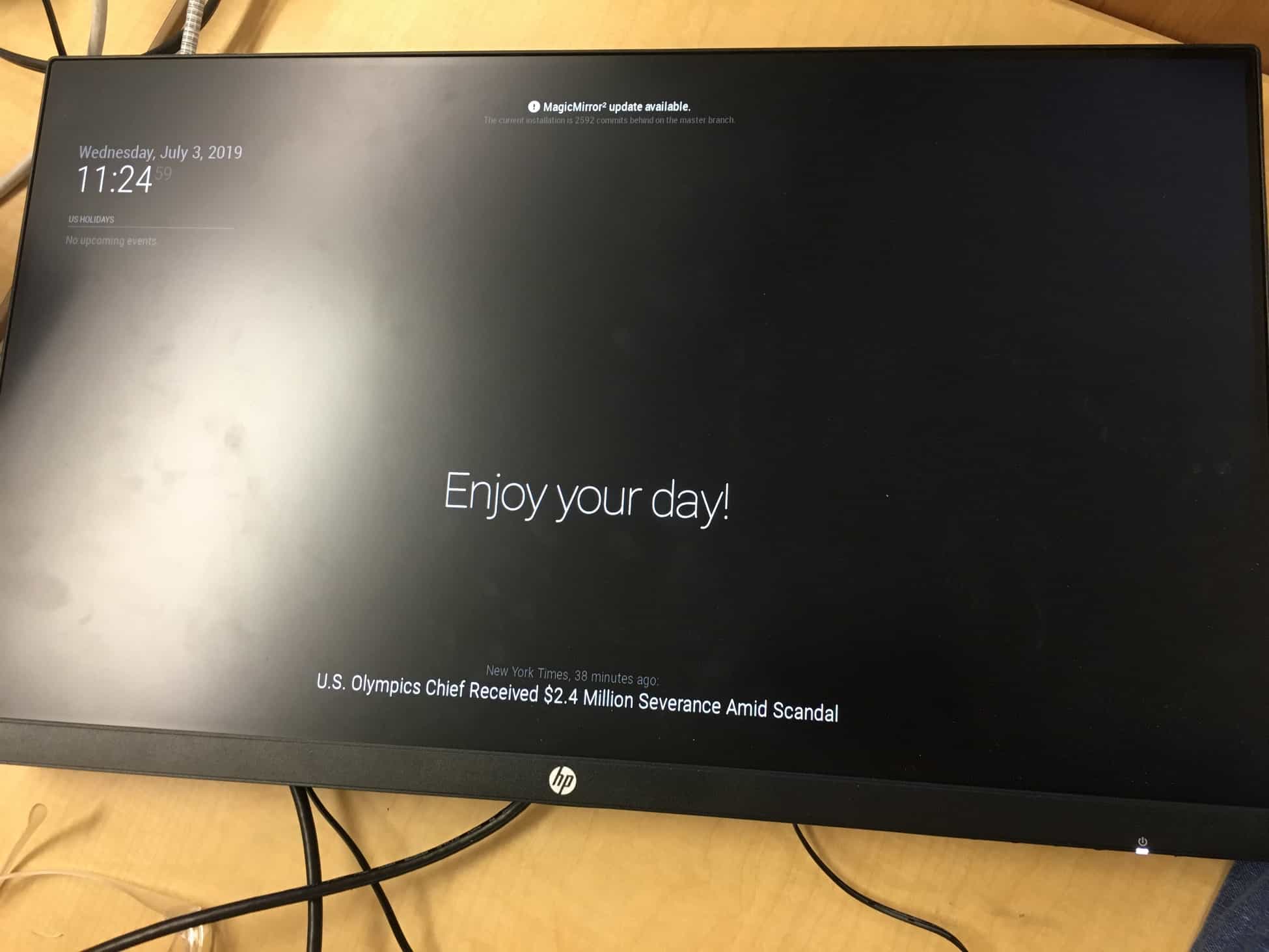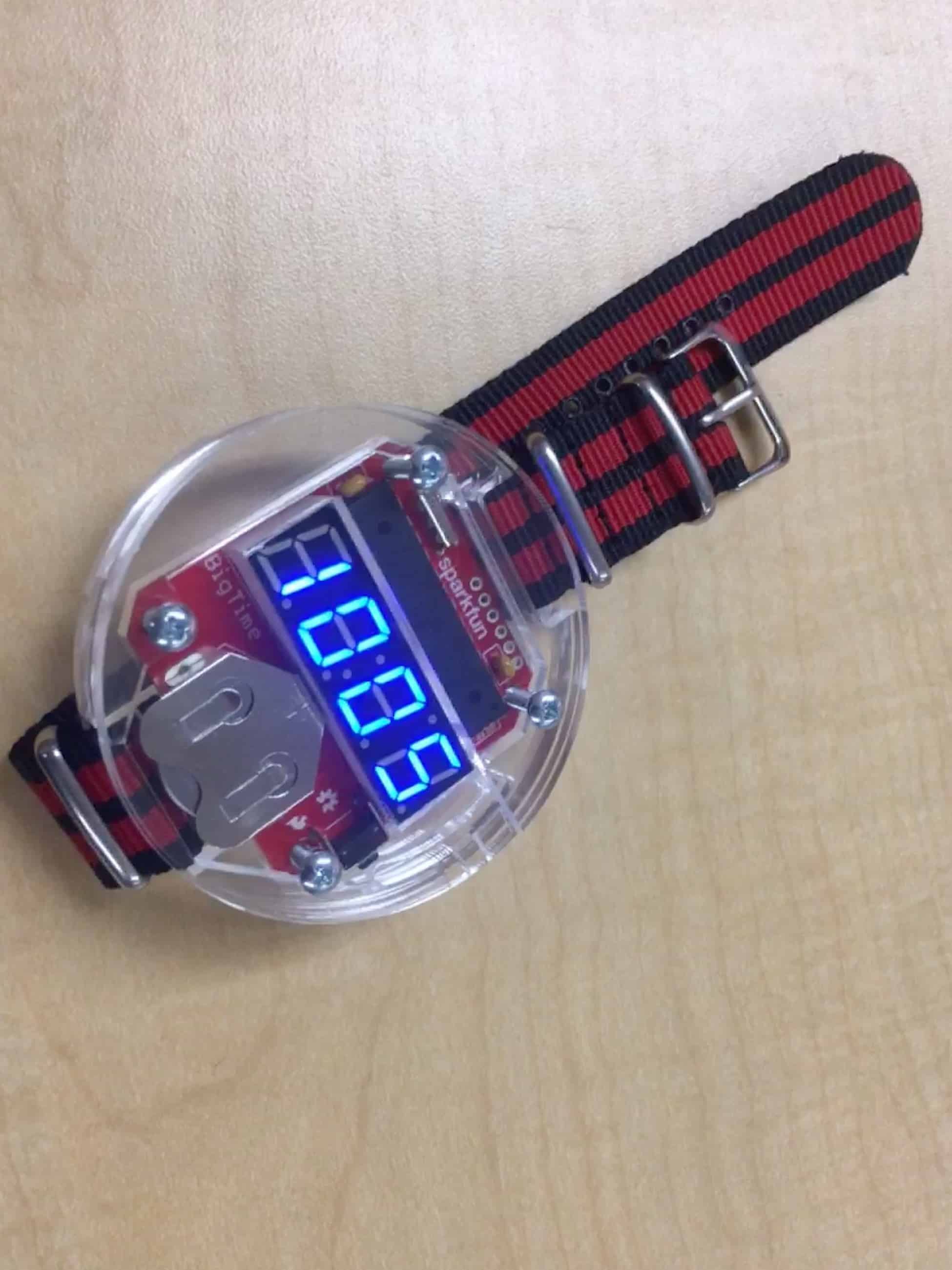Engineer
Rohit T.
Area of Interest
Robotics prosthetics/augmentation
Convenient technology
School
Harker High School
Grade
Rising Sophmore
Reflection
Final Milestone

For my final milestone, I finished my adding an Amazon Alexa module as my potential modification. I spent a lot of time on this one, mainly because of the problems. There weren’t actually that many issues with getting Alexa to work in the first place, but after coming back after the weekend, I realized that both my microSD card and my Raspberry Pi 3 were broken. As such, I pretty much lost all the progress that I had made with coding up until now. So, I had to start over completely. I was able to get it working in time for demo night, but because of the setback, I was unable to finish Amazon Alexa in time to show it off at Demo Night. This experience taught me that I should always back up my code, and that I should be more careful with SD and microSD cards in the future.
Second Milestone

For my second milestone, I finished making the frame of the mirror, cutting up the acrylic sheet mirror and putting the monitor inside. I ran into a lot of problems when trying to finish the milestone. When I was working on the frame, I realized that the wood pieces aren’t exactly measured, but I only realized when I put together the frame, so I couldn’t correct it. I still have a few gaps between wood pieces because of this. This is partially due to my changes to the directions the video gave me. For example, the video I was using as a template cut the wood into corner pieces, but I thought that it was too much trouble to cut them like that. To add on, when I was cutting the acrylic sheet, I ended up getting a lot of cracks, despite using a technique that is supposed to negate them. So, I had to keep tape on so the cracks wouldn’t propagate. The mirror itself doesn’t perfectly fit the frame, because the frame doesn’t overlap the mirror’s edges vertically, so the tape also isn’t completely covered. However, I did use black tape, which camouflages with the black background of the monitor. The monitor itself is secured by being sandwiched between the frame and a few pieces of scrap wood that are connected to the back of the frame. The acrylic sheet is also secured the same way. My third milestone will be me cleaning up the frame and mirror and adding my potential modifications, like a weather module, or wood stain.
First Milestone

My first milestone was to get the display of my Smart Mirror working completely. I used Linux to code it by connecting my Raspberry Pi 3 to a monitor. A Raspberry Pi is a microprocessor or a small computer. I used it instead of an Arduino because an Arduino is a microcontroller and not powerful enough. The display currently has the time, date, upcoming holidays, news, and a message. I am planning to add more modules so the mirror can do more things like using Alexa and edit the orientation of the display later. I had many challenges in finishing this milestone. First, I tried to use a different repository of code to program my smart mirror, but it didn’t work at first. So, I spent a few days getting the code working so the display would show up. However, when I got the display working, the weather wouldn’t show up. I spent a few more days trying to get the weather to work, but I couldn’t. I switched to a new, better repository. But the new repository also wasn’t working right at first, so I used up time trying to figure out what was wrong. To add on, during the entirety of my first milestone, I also had to learn how to code with Linux. My next milestone is to construct the wood frame to house the Raspberry Pi 3 and the monitor.
Starter Project




